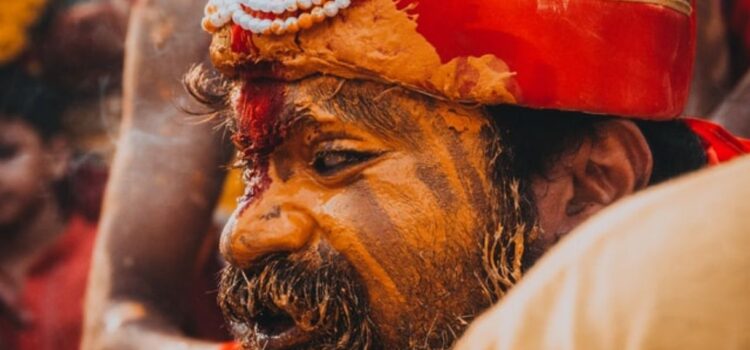

This article is an excerpt from the Shortform book guide to "Caste" by Isabel Wilkerson. Shortform has the world's best summaries and analyses of books you should be reading.
Like this article? Sign up for a free trial here .
What are the differences between the caste system in India vs America? How can we make sense of this juxtaposition?
Most people are unlikely to see the overlap between the caste system in India vs America. But similarities exist between the two societies, in that both are government-sanctioned caste systems.
Read about the overlap between caste system in India vs America.
Caste System in India vs America
There is a strong historical connection between India and the United States. Both countries were invaded and conquered by British colonialists. The invaders exiled indigenous people of each country from their homeland and created hierarchies to distribute power to those asserting themselves as the dominant caste.
In both countries, that dominant caste persecuted the lowest caste. Both countries developed laws to maintain this social order and tortured the lower caste members who broke them. After centuries, both countries abolished the lawful caste systems, yet in both cases, the legacy of those social orders persists in the modern era.
Despite efforts in both countries to make amends to the subordinate caste by providing opportunities for growth, such as affirmative action in America or reservations in India, the dominant castes resent these new systems. Americans call it reverse racism, and Indians call it reverse casteism.
The difference between the caste system in India vs America in the structures of the castes. Contrary to the bipolar caste system in the United States, India’s caste system was an intricate system of many castes and subcastes. The five main castes included the 1) Brahmin, 2) Kshatriya, 3) Vaishya, 4) Shudra, and 5) the Dalits. The Dalits were most commonly referred to as “Untouchables.”
Members of the different castes were most easily identified by their surnames. At the outset of this caste system, the Untouchables were given names with low connotations, such as those representing debased forms of labor. The Brahmins were given names taken from the gods. Caste members could also be identified by attire, accents, and demeanor.
Most people in India felt the caste system was beyond reproach because they believed the castes were preordained by reincarnation. Your lot in life was determined by the karma you accumulated in your past life. But the Untouchables, like the American slaves, didn’t feel the same about their position. They also wanted to live free from the confines of lawful oppression.
For example, many Dalits resisted their status and felt a kinship with blacks in America. In fact, a group of Dalits followed the American Civil Rights Movement in the 1950s and 1960s and became influenced by the fight for equal rights. They formed the Dalit Panthers to mimic the Black Panther Party.

———End of Preview———
Like what you just read? Read the rest of the world's best book summary and analysis of Isabel Wilkerson's "Caste" at Shortform .
Here's what you'll find in our full Caste summary :
- How a racial caste system exists in America today
- How caste systems around the world are detrimental to everyone
- How the infrastructure of the racial hierarchy can be traced back hundreds of years






